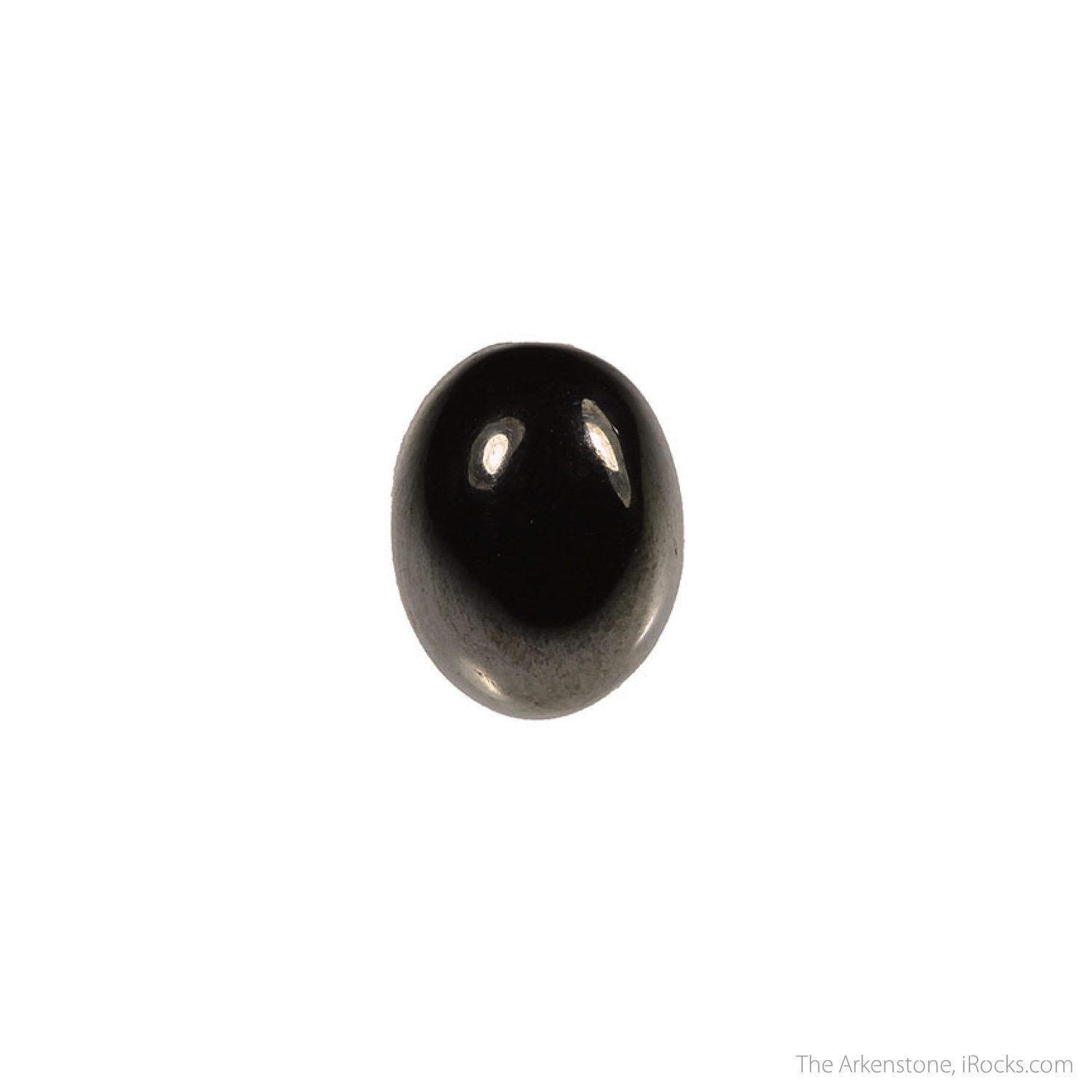Pyrargyrite Value, Price, and Jewelry Information
Deep red pyrargyrite occurs in a number of localities in well-formed but small crystals. However, facetable rough is rare and difficult to cut, which makes these gems prized collector’s items.
3 Minute Read
Deep red pyrargyrite occurs in a number of localities in well-formed but small crystals. However, facetable rough is rare and difficult to cut, which makes these gems prized collector’s items.
Start an IGS Membership today
for full access to our price guide (updated monthly).Pyrargyrite Value
When backlit, these pyrargyrites show a glowing, cherry red color. Specimen 3.1 x 3.0 x 2.1 cm (main crystal 2.4 cm), San Genaro Mine, Castrovirreyna District, Huancavelica Department, Peru. © Rob Lavinsky, www.iRocks.com. Used with permission.
What is Pyrargyrite?
Pyrargyrite belongs to the proustite mineral group and forms a series with proustite as the antinomy (Sb) end member. Like proustite, pyrargyrite has been called "ruby silver," because this silver ore can also show deep red ruby-like color. Most pyrargyrites are opaque with a metallic, dark gray color, but some can show translucency and red color when backlit. Pyrargyrites are seldom transparent, even more rarely than proustites.
Does Pyrargyrite Make a Good Jewelry Stone?
Pyrargyrites make less than ideal choices for jewelry stones. Any pyrargyrite jewelry would need protective settings. With a hardness of only 2.5, a copper coin is hard enough to scratch these gems, and household dust, a much more pervasive hazard, has significantly greater hardness than that.
Due to their low very hardness and distinct cleavage, rare facetable pyrargyrites are difficult to cut. Furthermore, due to their silver content, these gems are photochromic. They can darken and lose translucency when exposed to light. Thus, pyrargyrites are best reserved for occasional evening wear.
Is Pyrargyrite Toxic?
Normal handling and wearing of finished pyrargyrites should pose no hazards. However, anyone cutting pyrargyrites should note that these gems contain antimony. Although the health hazards of exposure to this heavy metal may be attributable in part to its frequent association with arsenic and lead, faceters should still take precautions. They should wear protective masks and, ideally, use a glovebox to prevent inhaling or ingesting particles during cutting, polishing, and cleaning.
Identifying Characteristics
Despite appearances, pyrargyrites and rubies have very different optical and physical properties. Gemologists can easily distinguish these distinct species. Note that some vendor descriptions of pyrargyrites may refer to ruby cores or zones, but these terms refer strictly to translucent areas of red color.
On the other hand, pyrargyrites and proustites have many identical or overlapping properties. However, pyrargyrites have a higher specific gravity (SG) and a purplish red streak. Proustites have a bright red streak. Note that streak testing is a destructive test, so don't conduct it on a finished gem and use it only as a last resort for identification.
Cuprite is another rarely faceted gem with properties and colors similar to pyrargyrite. However, it has a higher SG, a brownish red streak, and, as an isometric gem, no birefringence. (Some cuprites may show birefringence anomalously).
Pyrargyrite has over-the-limit (OTL) refractive indices. Its refractive indices (RI) were measured with refractometers calibrated to the lithium (Li) wavelength line at 6710 rather than the customary sodium (Na) line at 5890.
Some pyrargyrites may have iridescent patinas.
Are There Any Synthetic Pyrargyrites?
Scientists have synthesized pyrargyrite crystals for a variety of projects, including optics research. However, there's no known jewelry use for this lab-created material.
Silver cleaning solution may enhance red coloration in pyrargyrites.
Where are Pyrargyrites Found?
Gemmy, transparent, and larger than typical pyrargyrite crystals from Colquechaca, Bolivia and Chañarcillo, Chile have provided a limited amount of cuttable rough.
In the the state of Saxony in Germany,Freiberg, the Harz Mountains, Schlema, and Schneeberg produce fine crystals.
Other notable sources of crystals include the following locations:
- United States: California; Colorado; Idaho; Nevada.
- Mexico: Durango; Guanajuato; Zacatecas.
- Ontario, Canada; Czech Republic; Peru; South Africa; Guadalajara, Spain.
Stone Sizes
Faceters have cut pyrargyrites approaching 50 carats. However, gems of such size tend to be too dark to be really attractive.
- Private Collection: 40 (shield-cut, Bolivia).
Caring for Pyrargyrites
Store any pyrargyrites away from light sources to prevent loss of color and translucency. Consult our gemstone jewelry cleaning guide for more care recommendations.
Joel E. Arem, Ph.D., FGA
Dr. Joel E. Arem has more than 60 years of experience in the world of gems and minerals. After obtaining his Ph.D. in Mineralogy from Harvard University, he has published numerous books that are still among the most widely used references and guidebooks on crystals, gems and minerals in the world.
Co-founder and President of numerous organizations, Dr. Arem has enjoyed a lifelong career in mineralogy and gemology. He has been a Smithsonian scientist and Curator, a consultant to many well-known companies and institutions, and a prolific author and speaker. Although his main activities have been as a gem cutter and dealer, his focus has always been education. joelarem.com
International Gem Society
Related Articles
Black Diamond Value, Price, and Jewelry Information
Chameleon Diamond Value, Price, and Jewelry Information
Gray Diamond Value, Price, and Jewelry Information
Green Diamond Value, Price, and Jewelry Information
Latest Articles
Celebrity Engagement Rings
Ruby and Sapphire Grading Tools
Cerussite Value, Price, and Jewelry Information
Ouro Verde Quartz: History and Treatment
Never Stop Learning
When you join the IGS community, you get trusted diamond & gemstone information when you need it.
Get Gemology Insights
Get started with the International Gem Society’s free guide to gemstone identification. Join our weekly newsletter & get a free copy of the Gem ID Checklist!
